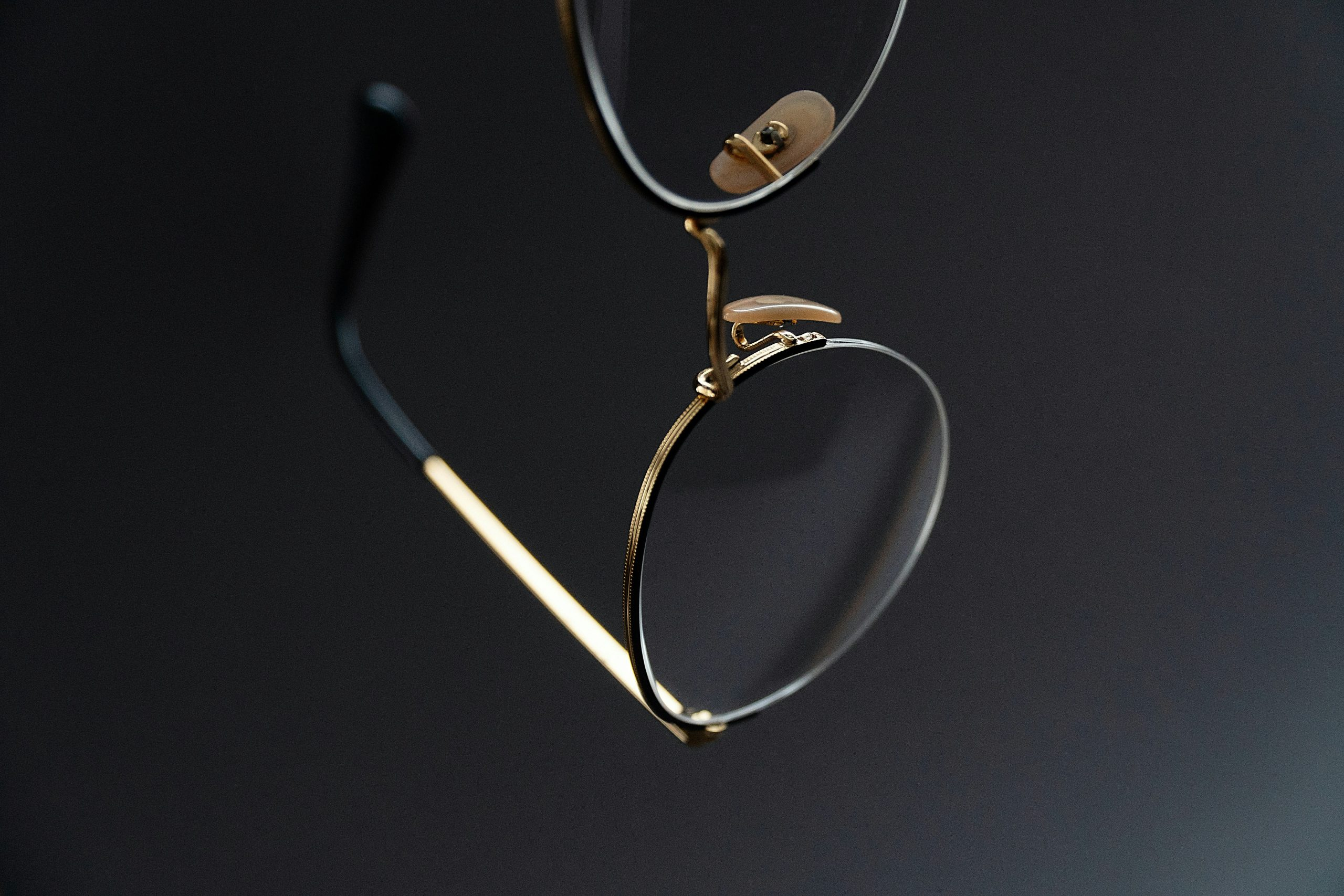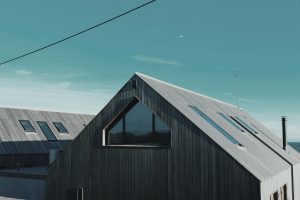Style Revolutionizing Landscapes Through Sustainable Vision
Welcome to the era of sustainable style revolutionizing landscapes. In the past, the focus has been on creating aesthetically pleasing outdoor spaces, while not taking into account the impact on the environment. But with the growing awareness of climate change, there has been a shift towards incorporating eco-friendly practices into landscape design. This has led to the rise of sustainable vision in the landscaping industry, where style and sustainability go hand in hand. In this article, we will explore how this trend is transforming the way we think about and design landscapes.
The Importance of Sustainable Landscaping
Before we delve into the concept of sustainable vision, let’s first understand why it is important. Landscaping not only enhances the look of a property but also has a significant impact on the environment. Traditional landscaping practices such as using chemical fertilizers and pesticides, excessive watering, and non-native plants can harm the soil, water, and wildlife. In contrast, sustainable landscaping focuses on creating healthy and balanced ecosystems that thrive on their own without harming the environment.
Sustainable Vision: A Blend of Style and Sustainability
In the past, landscape design was often solely focused on creating a visually appealing space, with little regard for the environmental impact. But with the emergence of sustainable vision, landscape architects and designers are now incorporating eco-friendly elements into their designs to create a balance between style and sustainability. This approach allows for the creation of beautiful outdoor spaces that are also environmentally responsible.
Using Native Plants
One of the key elements of sustainable vision is the use of native plants in landscaping. These are plants that are indigenous to a particular region and are well adapted to the local environment. This means they require less water, fertilizer, and pesticides to thrive, reducing the environmental impact. Native plants also provide habitat and food for local wildlife, supporting the ecological balance of an area.
Incorporating Permeable Surfaces
Another aspect of sustainable vision is the use of permeable surfaces in hardscape designs. Traditional hardscaping, such as concrete and asphalt, creates a waterproof surface that does not allow water to penetrate the ground. This leads to runoff, which can cause erosion and carry chemicals and pollutants into waterways. Permeable surfaces, on the other hand, allow rainwater to be absorbed into the ground, replenishing groundwater and reducing the risk of flooding.
Using LED Lighting
LED lighting is also becoming a popular choice in sustainable landscape design. Not only do they use significantly less energy than traditional lighting options, but they also have a longer lifespan. This means less energy consumption and fewer replacements, making them not only environmentally friendly but also cost-effective. LED lights also come in a variety of colors and designs, allowing for creative and beautiful lighting options in outdoor spaces.
The Benefits of Sustainable Vision in Landscaping
Aside from its positive impact on the environment, sustainable vision also offers several benefits for both property owners and communities.
Long-Term Cost Savings
While there may be a higher upfront cost for incorporating sustainable elements into landscape design, the long-term savings can be significant. Native plants and permeable surfaces require less maintenance and water, resulting in lower water bills and maintenance costs. LED lighting also uses less energy, leading to reduced electricity bills.
Increased Property Value
Sustainable landscapes are not only visually appealing but also add value to a property. The use of environmentally friendly practices and elements is not only attractive to potential buyers, but it also reflects a sense of responsibility towards the environment, making the property more desirable.
Promoting Biodiversity
Sustainable landscapes that incorporate native plants and provide habitats for wildlife foster biodiversity and improve the overall ecological balance of an area. This, in turn, benefits the larger ecosystem and contributes to a healthier environment for all.
The Future of Landscaping
As society becomes more aware of the impact we have on the environment, the demand for sustainable landscaping will continue to increase. It has become more than just a trend; it is now a necessity. The incorporation of sustainable vision in landscaping is not only transforming the way we design outdoor spaces but also shaping a more sustainable future for our planet.
In conclusion, the style revolutionizing landscapes through sustainable vision is an exciting and necessary movement in the landscaping industry. The blending of style and sustainability has led to the creation of beautiful, eco-friendly outdoor spaces that benefit both humans and the environment. It is up to us to embrace this change and make a positive impact on the world around us.











